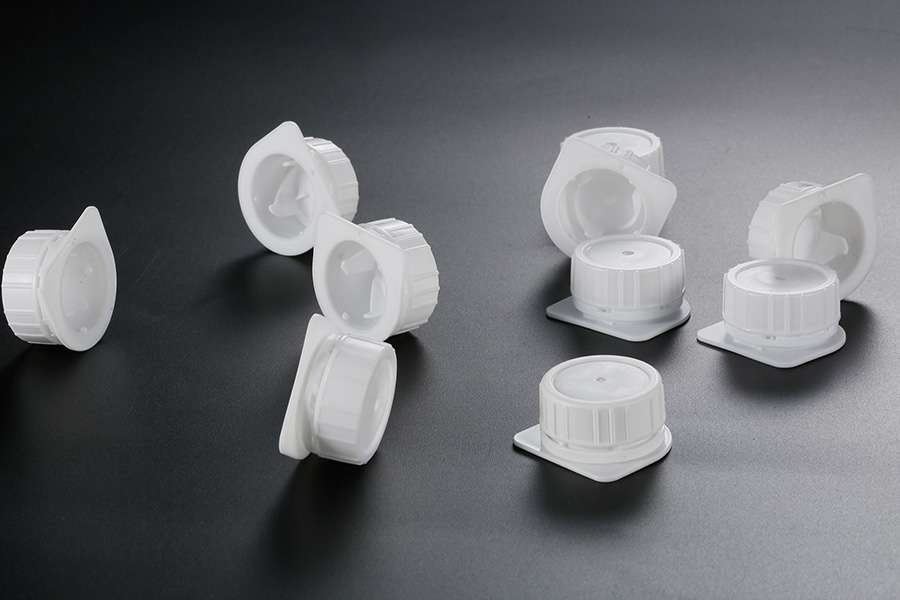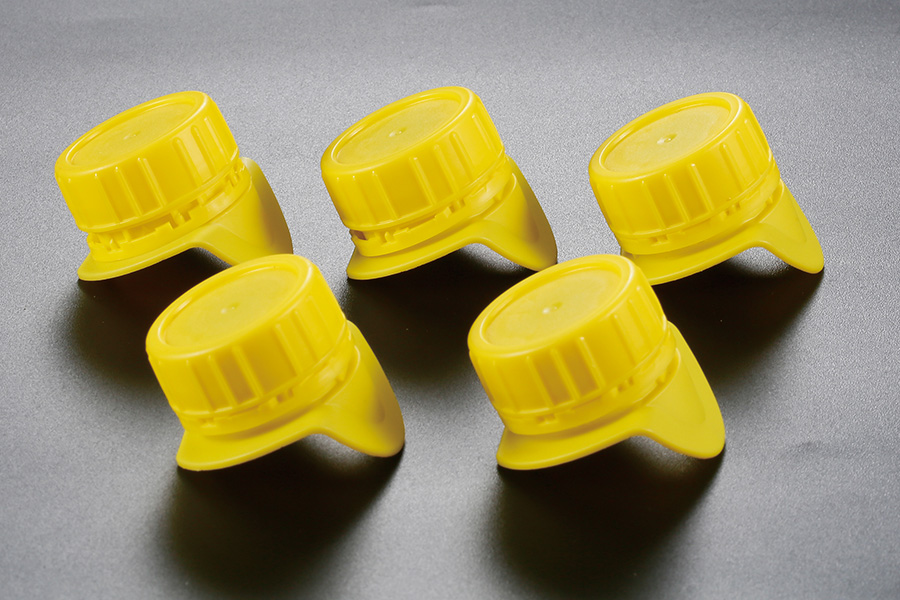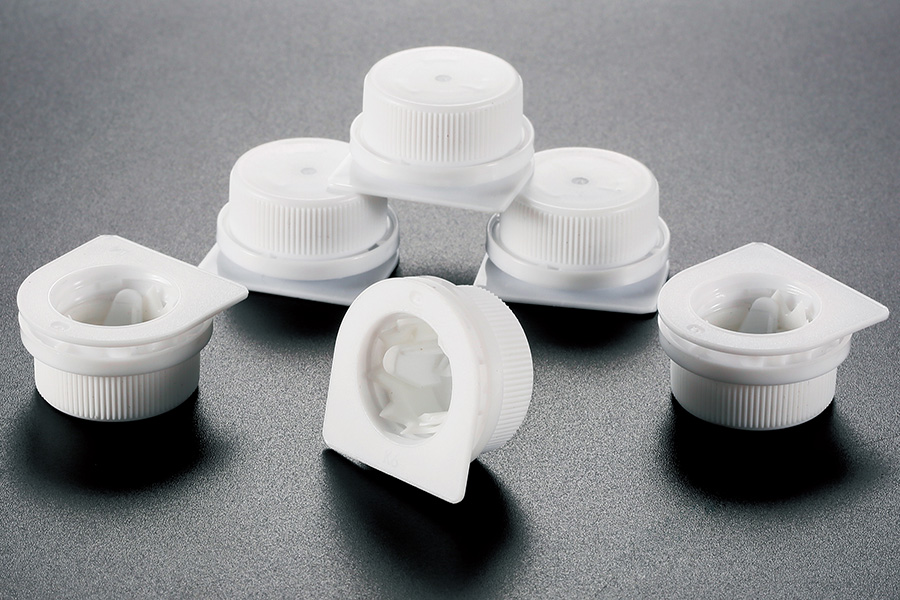The role of carton bottle packaging caps and sealed carton bottle caps in safeguarding product integrity has become increasingly prominent in today’s competitive and highly regulated markets. With growing demands for tamper-evident solutions and dependable seals across beverage, food, cosmetics, and pharmaceutical sectors, packaging technologies have evolved to address a range of performance requirements. A closer examination of current design practices, materials engineering, and production strategies highlights the ways advanced cap solutions can strengthen protection while streamlining operations.

Engineering Design Features That Enhance Security
Recent developments in cap design have concentrated on creating dependable sealing mechanisms capable of withstanding fluctuating conditions during distribution and storage. Many carton bottle packaging caps now integrate tamper-evident elements—such as perforated bands, engineered fracture points, or security rings—that provide a visible indication if a container has been opened. These measures reinforce consumer confidence and assist brands in complying with increasingly stringent regulations.
Threading geometry and closure profiles have also been refined to deliver consistent torque application and preserve seal uniformity under temperature variation and mechanical stress. Sealed carton bottle caps often include specialized liners or compressible gaskets that improve barrier performance, extending the shelf life of sensitive products while reducing the risk of leaks during transport.
Material Composition and Functional Advantages
Material selection is a critical factor in achieving secure closure performance. Polypropylene and polyethylene remain popular due to their durability, chemical compatibility, and resilience to temperature shifts. Their structural stability helps prevent deformation, ensuring that caps maintain their form over time.
In some cases, multi-layered structures have emerged, combining a rigid outer shell with a softer interior contact surface. This hybrid construction distributes mechanical loads more evenly and enhances sealing reliability, particularly for applications requiring extended shelf life. Additionally, materials engineered to perform in automated capping systems can improve throughput without sacrificing accuracy or product safety.
Evolving Approaches to Tamper Evidence
Tamper-evident technologies have progressed beyond external bands or labels. Many sealed carton bottle caps are now designed with integrated tamper indicators, including laser scoring or precisely engineered break zones that leave clear evidence of opening. These features reduce packaging complexity by eliminating the need for separate shrink bands, while supporting sustainability goals.
Laser-etched serialization or coding can also be incorporated into the cap surface, enabling traceability across supply chains. This functionality not only supports regulatory compliance but also facilitates authentication processes, helping to deter counterfeiting.
Enabling Automation and Production Efficiency
Compatibility with automated production lines is a growing consideration. Contemporary carton bottle caps are manufactured with tight dimensional tolerances to ensure alignment during high-speed capping. Uniformity in wall thickness and surface finish helps minimize machine adjustments and reduces the likelihood of stoppages.
For sealed carton bottle caps, design enhancements such as optimized threading, guide notches, or start features make it easier for automated systems to apply closures with accurate torque. Reducing manual intervention not only increases operational efficiency but also lowers variability that could affect sealing performance.
Managing Performance in Diverse Environments
Caps must remain functional throughout varied transportation and storage conditions, including temperature extremes, vibration, and humidity. To meet these challenges, manufacturers conduct rigorous testing, simulating conditions that products may encounter during distribution. These tests confirm that seals remain intact and functional, reducing the chance of product degradation.
In scenarios where oxygen or moisture sensitivity is a concern, integrated liners and gaskets offer an additional layer of protection. Such enhancements are particularly relevant in pharmaceutical and nutritional applications where maintaining a controlled internal environment is critical to product quality.
Sustainability and Compliance Dynamics
Environmental responsibility continues to shape design and production practices. Many manufacturers are adopting lightweight or recyclable materials to reduce resource use and transportation emissions. Cap designs that remove secondary tamper-evident bands or limit component count contribute to sustainability initiatives without sacrificing performance.
Meanwhile, compliance with hygiene and safety regulations remains non-negotiable. Caps must meet stringent requirements for cleanliness, migration thresholds, and barrier properties. Maintaining detailed records of raw material sourcing, formulation, and process controls helps demonstrate adherence to relevant standards and supports smooth certification processes.
Advanced Quality Control and Ongoing Refinement
Modern production facilities employ advanced quality control systems to oversee cap manufacturing. Inline optical inspection systems monitor cap dimensions, detect surface flaws, and verify tamper-evident features in real time. Data collected during these processes support traceability and enable manufacturers to analyze trends, drive continuous improvement, and adapt to evolving requirements.
Suppliers committed to rigorous quality protocols and transparent documentation help their customers maintain confidence in the integrity and consistency of their packaging solutions.
Combined with these advanced technologies and design strategies, paper bottle packaging closures and sealing paper bottle closures can fully fulfill their important role in protecting products, enhancing user experience, and maintaining brand reputation. Careful evaluation of materials, tamper-evident systems, production capabilities, and regulatory considerations can help packaging investments create consistent value throughout the supply chain.


 English
English  русский
русский عربى
عربى



